Table of Contents
Embarking on a culinary journey through Bolivia reveals a captivating tapestry of flavors and cultural heritage. The food from Bolivia, influenced by indigenous Andean, Spanish, and Amazonian traditions, offers a delightful fusion of tastes. From beloved traditional dishes to tantalizing street cuisine, Bolivian food is a treasure trove of mouthwatering delights that showcase the richness of its food culture. Let’s dive into this diverse and vibrant world of the food culture of Bolivia.
Top Ingredients of Bolivian Cuisine
In the food of Bolivia, a rich tapestry of flavors is crafted by skillfully combining various ingredients. Here is a list of the most commonly used ingredients that underpin Bolivian culinary traditions:

Quinoa: A staple in Bolivian cuisine, quinoa is often served as a base for various dishes and can be prepared in different ways, such as Quinoa Soup or Quinoa Salad.

Beef: Beef is a prominent meat in Bolivia and plays a vital role in traditional dishes like Salteñas, Anticuchos, and Pique Macho.

Herbs and Spices: Bolivian cuisine embraces a wide array of herbs and spices, including aji pepper, oregano, cumin, and cilantro, which infuse their dishes with unique flavors.

Potatoes: Potatoes are an essential component of Bolivian meals and are used in dishes like Papas a la Huancaina (potatoes with cheese sauce) and Papa Rellena (stuffed potatoes).
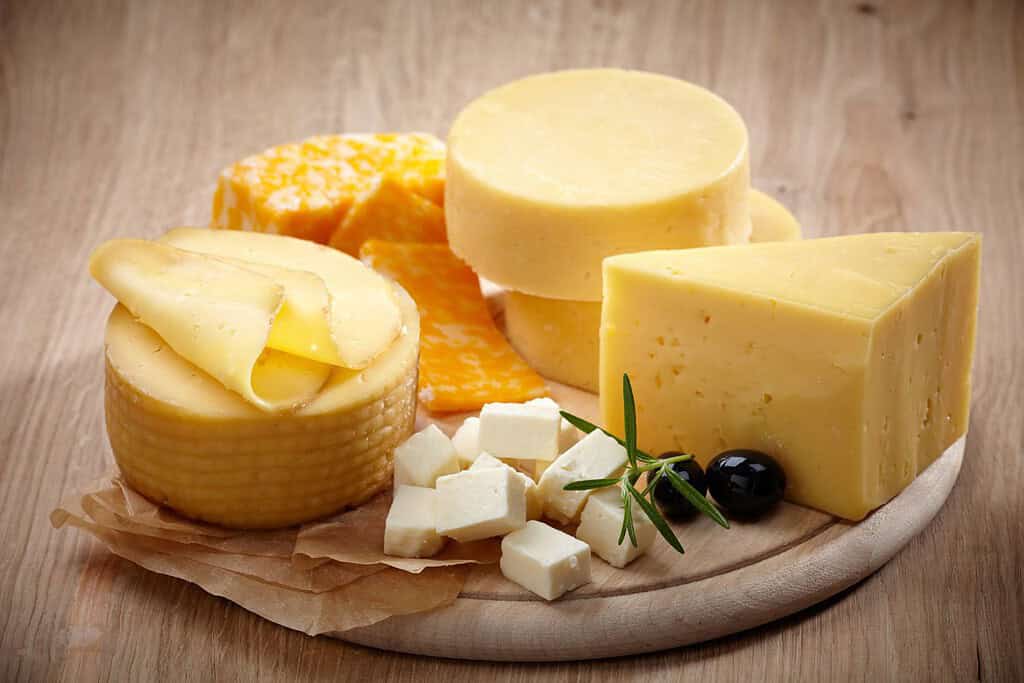
Cheese: Cheese is frequently featured in Bolivian cuisine, adding creaminess and flavor to dishes like Silpancho and Pastel de Choclo.

Corn: Corn is a versatile ingredient used in soups, stews, and snacks like Salchipapas, contributing a sweet and hearty taste.

Peppers and Chilies: Various types of peppers and chilies, including rocoto and locoto, are used to add heat and complexity to Bolivian recipes.

Yucca: Yucca root is a common ingredient in Bolivia, often prepared as Yuca Frita (fried yucca) or as a side dish in traditional meals.
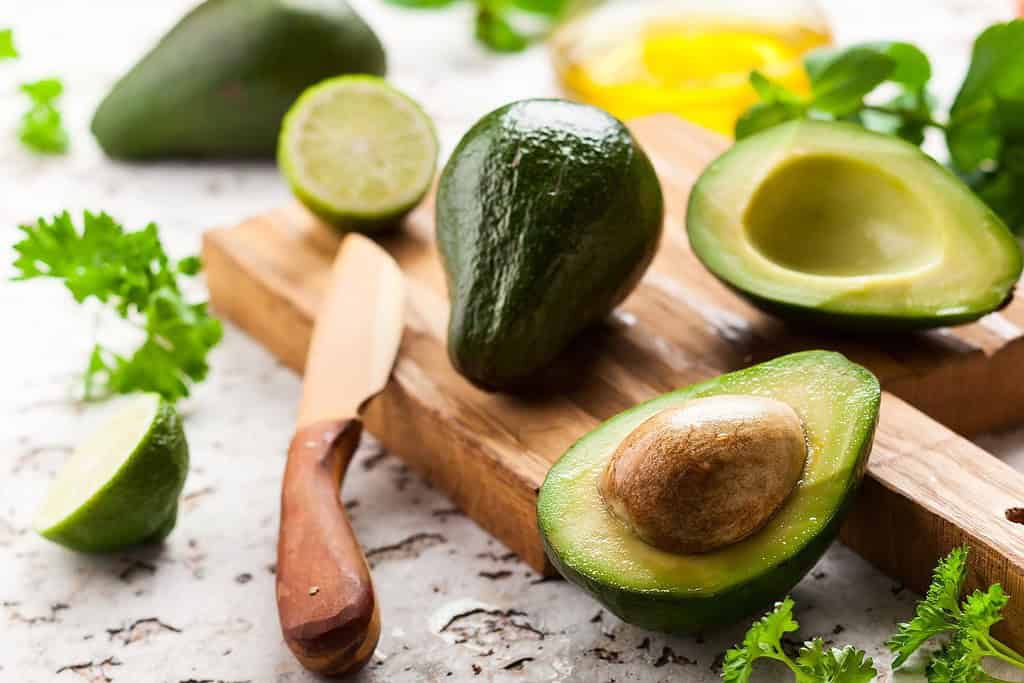
Avocado: Avocado is a popular addition to Bolivian salads and sandwiches, offering a creamy texture and mild flavor.

Bolivian Flatbread (Tortillas): Bread is an integral part of Bolivian cuisine, and Tortillas are commonly served with meals to complement stews and main dishes.
These ingredients, combined with a variety of herbs, spices, and other locally sourced produce, contribute to the diverse and captivating flavors found in Bolivian culinary culture.
The variety of food from Bolivian cuisine
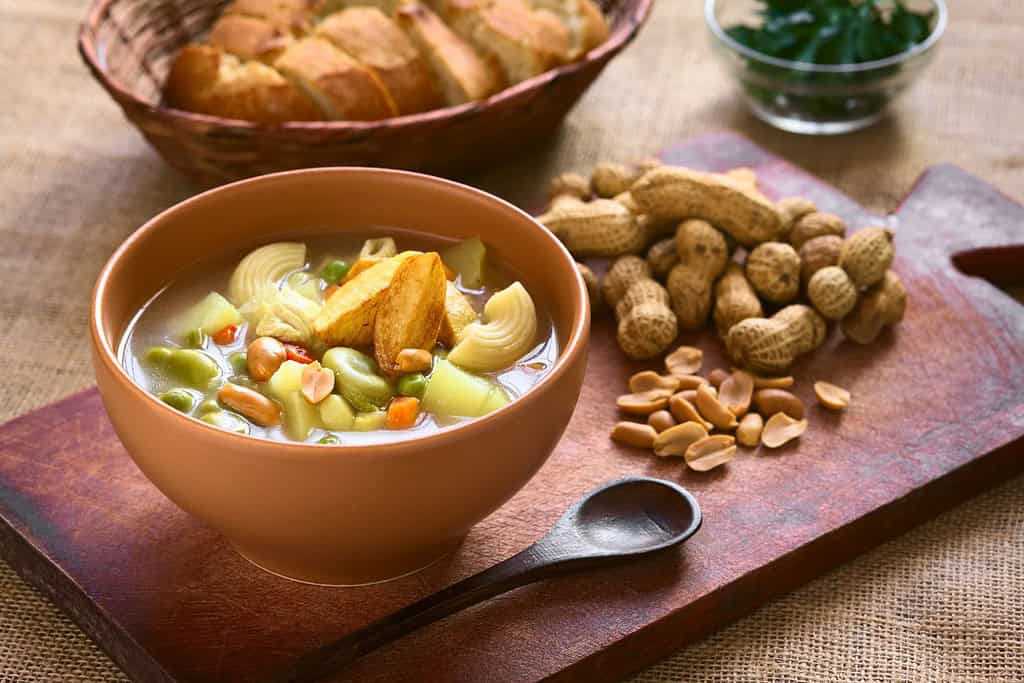
Bolivian cuisine offers a captivating variety of flavors and dishes that reflect the nation’s rich history and cultural diversity. Influenced by indigenous, Spanish, and Andean culinary traditions, Bolivian food offers a unique blend of ingredients and techniques. One of the most renowned dishes is Salteñas, savory pastries filled with a mixture of meat, potatoes, peas, and various spices. This dish is a beloved street food and a staple of Bolivian gastronomy. Another cherished Bolivian specialty is Silpancho, a hearty meal consisting of breaded and fried beef or chicken cutlets served with rice, fried eggs, and a generous portion of salsa.
The heartiness of Bolivian cuisine is exemplified in its Anticuchos, skewers of marinated and grilled beef hearts or other meats, often served with a spicy peanut sauce. The country’s love for soups is evident in Sopa de Mani, a savory peanut soup with chunks of meat, potatoes, and vegetables, providing a comforting and satisfying meal. For a vegetarian option, Saice stands out, featuring a stew of bell peppers, onions, and tomatoes seasoned with a blend of spices and served with white rice. Another popular choice is Tucumanas, deep-fried empanadas filled with meat, vegetables, or cheese, offering a crispy and flavorful experience.
Satisfying the sweet tooth, Bolivian cuisine presents delightful desserts like Helado de Cancha, a unique ice cream made from toasted corn kernels, and Bunuelos, sweet fritters dusted with powdered sugar and served with a syrup made from cane sugar. The diversity of Bolivian food is further exhibited in its regional specialties, with each area showcasing distinct recipes and culinary techniques. Whether indulging in the savory goodness of Salteñas or relishing the comforting taste of Silpancho, exploring the variety of Bolivian cuisine is an adventure in cultural richness and gastronomic pleasure.
While visiting beautiful Bolivia, you can savor all the best recipes from this diverse country. We offer a wide range of tours in Bolivia for you to choose from and experience the country’s culinary delights.
Best foods in Bolivia

Bolivia best foods offer a delightful array of dishes that tantalize the taste buds with their rich flavors and cultural significance. While it’s challenging to single out a definitive list of the “best” foods, some dishes stand out as particularly beloved and iconic in Bolivian cuisine.
Bolivian cuisine is known for its creative use of spices, such as cumin, coriander, cardamom, turmeric, cloves, cinnamon, ginger, garlic, chilies, saffron, black pepper, and dried mint for its rich and flavorful dishes. The result is a harmonious blend of aromatic spices and vibrant herbs that make Bolivian food truly exceptional.
Most famous Bolivian foods
Here are the top most famous foods in Bolivia that have garnered recognition both locally and internationally:
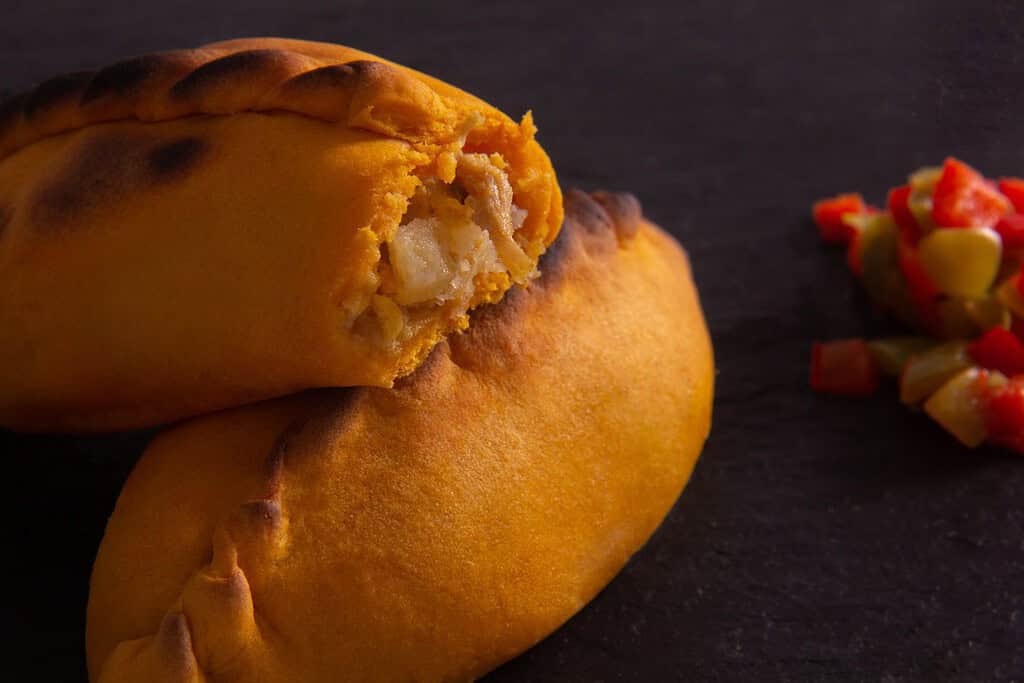
Salteñas: Widely considered a Bolivian delicacy, Salteñas are savory pastries filled with a flavorful mixture of meat (often beef or chicken), vegetables, olives, and hard-boiled eggs, all seasoned with aromatic spices. These hand-held treats are known for their rich taste and are enjoyed as a popular snack or quick meal throughout Bolivia.

Sajta de Pollo: A symbol of Bolivian cuisine, Sajta de Pollo is a hearty chicken stew prepared with a spicy peanut and chili sauce. The dish is typically served with white rice and boiled potatoes, creating a harmonious blend of flavors and textures.

Anticuchos: Bolivian Anticuchos are skewers of marinated and grilled beef heart, a popular street food that’s a true culinary delight. The meat is seasoned with spices and served with a spicy peanut sauce, making it a favorite among locals and tourists alike.

Silpancho: Silpancho is a beloved Bolivian comfort food consisting of breaded and fried beef cutlets, served over a bed of rice and topped with fried eggs, sliced tomatoes, and onions. The combination of crispy meat and vibrant toppings creates a satisfying and visually appealing dish.
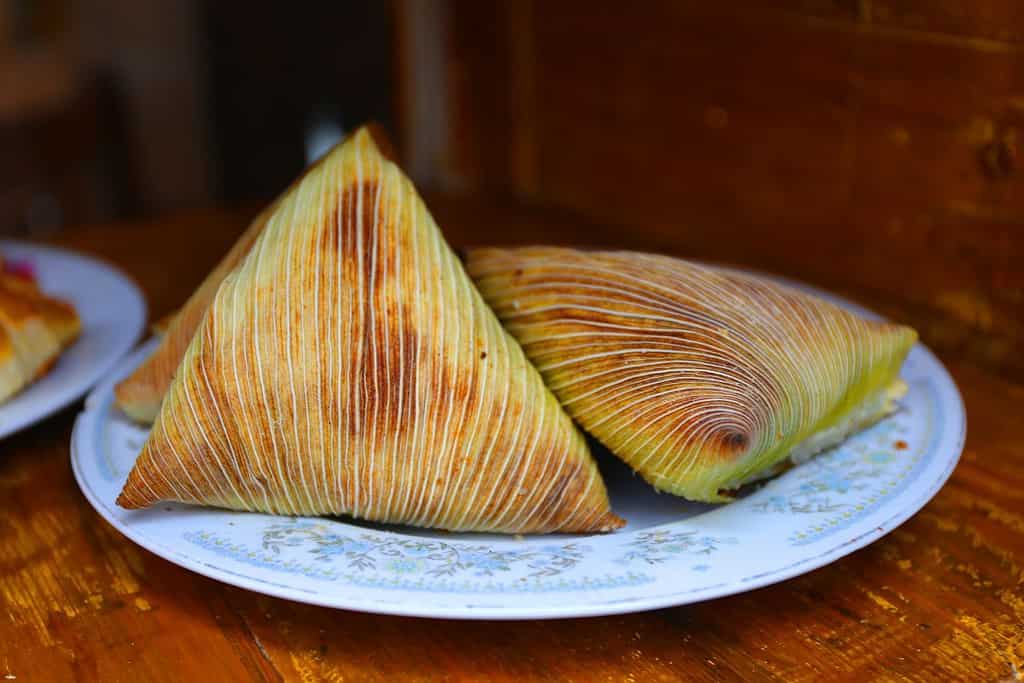
Humintas: These steamed corn cakes are a traditional Bolivian treat made from fresh corn, cheese, and spices. Humintas are wrapped in corn husks and steamed to perfection, resulting in a sweet and savory flavor that’s enjoyed as a snack or side dish.
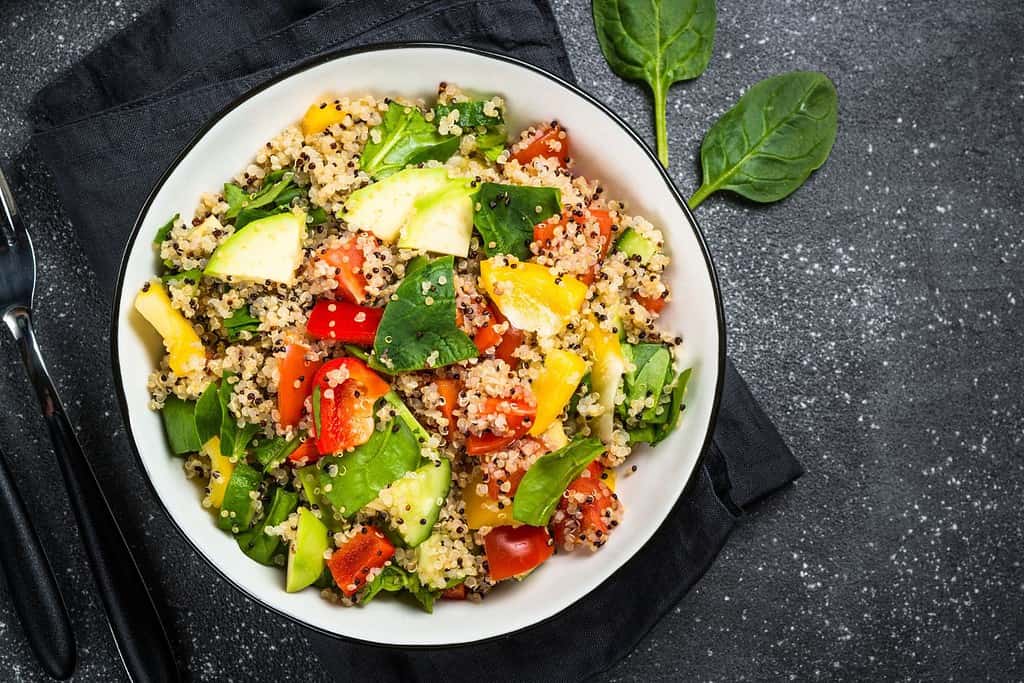
Salta de Quinoa: A staple in Bolivian households, Salta de Quinoa is a nutritious and flavorful stew made with quinoa, vegetables, and meat (often llama or beef). The combination of quinoa and hearty ingredients provides a filling and satisfying meal.
These renowned Bolivian dishes showcase the richness and diversity of the country’s culinary heritage, making them popular not only within Bolivia but also among food enthusiasts around the world.
Bolivian Desserts
Bolivian desserts provide a delightful conclusion to a satisfying meal, featuring a fusion of sweet flavors and delicate textures. These desserts are deeply ingrained in Bolivian culture and are frequently enjoyed during celebrations, festivals, and special occasions. Some popular Bolivian desserts include:
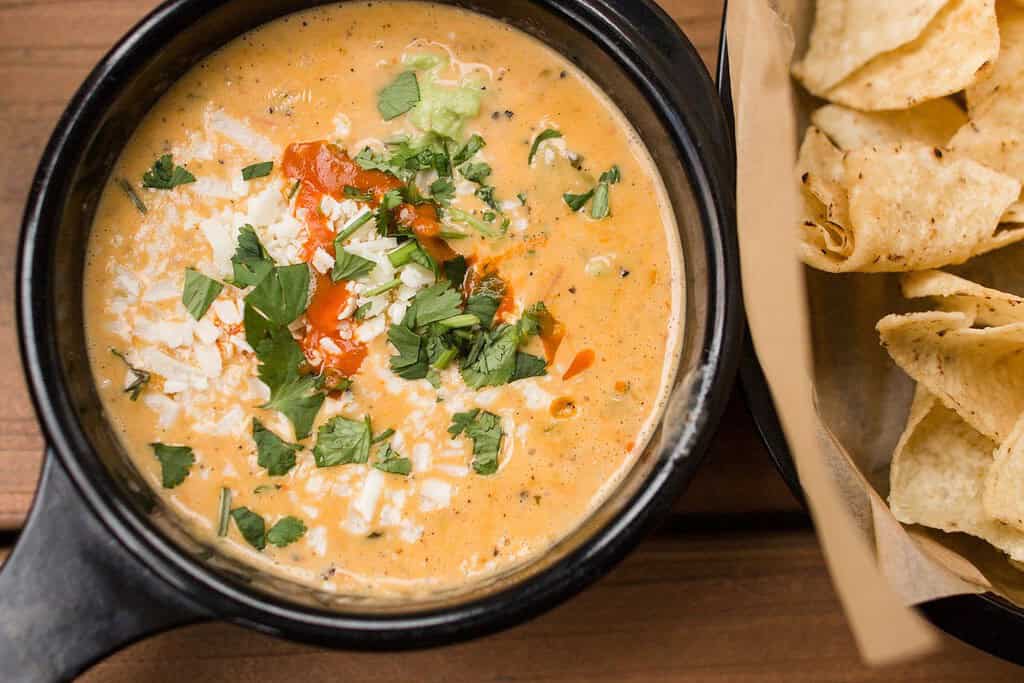
Queso Humacha: This is one of Bolivia’s most cherished desserts, particularly during traditional festivals. Queso Humacha is a creamy dessert made with sweetened cheese, cornstarch, and a variety of spices. It is often garnished with cinnamon, cloves, and raisins, creating a rich and flavorful treat.

Sobao Paceño: A beloved street food, Sobao Paceño consists of fluffy sponge cakes soaked in a sugary syrup, resulting in soft, moist bites that are delightfully sweet and aromatic. It’s a popular choice during local festivities and gatherings.
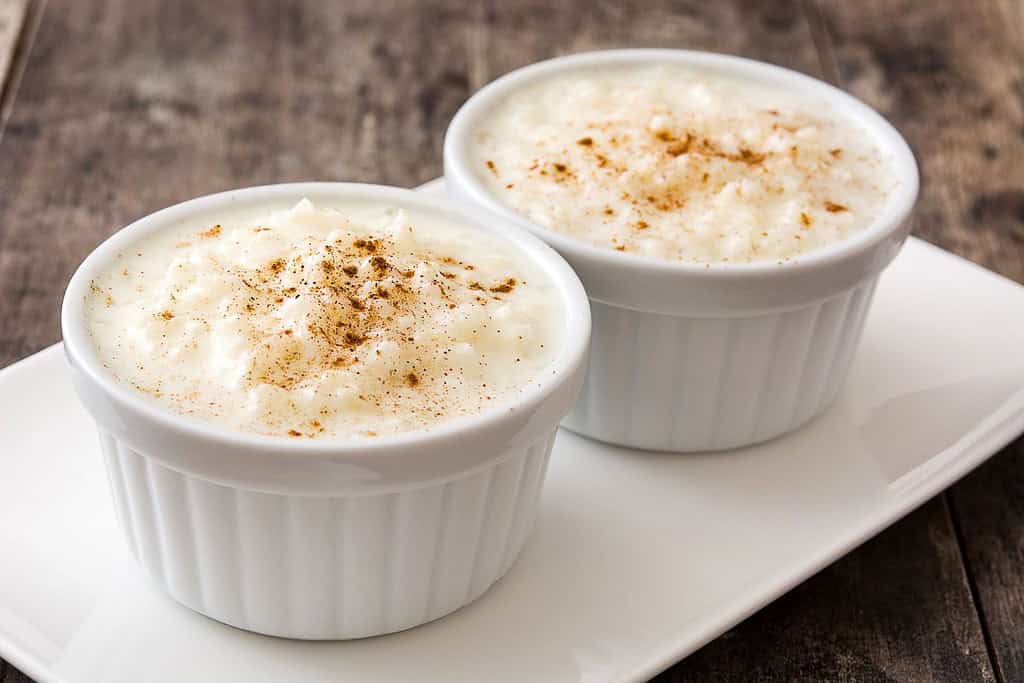
Arroz con Leche: Similar to rice pudding, Arroz con Leche is a creamy dessert made with rice, milk, sugar, and fragrant cinnamon. It is often topped with a sprinkle of ground cinnamon or a dollop of whipped cream, adding a delightful hint of spice and richness.
The culture behind Bolivian food
The culture behind Bolivian food is deeply rooted in tradition, hospitality, and community. Bolivian cuisine reflects the country’s rich history and diverse cultural influences, blending elements from indigenous, Spanish, and Andean culinary traditions. Food holds significant cultural importance in Bolivia and plays a central role in social gatherings, family events, and religious celebrations.
Hospitality is a cornerstone of Bolivian culture, and sharing food with guests is a deeply ingrained tradition. When visitors arrive at a Bolivian home, they are warmly welcomed with an array of delicious dishes, reflecting the host’s generosity and desire to make their guests feel at home. Meals are often communal affairs, with everyone seated around a shared table, emphasizing the importance of togetherness and solidarity in Bolivian culture.
Also, read:
La Paz, Sucre, and Santa Cruz

Take a culinary voyage through La Paz, Sucre, and Santa Cruz, and immerse yourself in the captivating flavors that have been crafted and cherished for generations in Bolivia. Let the traditional foods of each city paint a flavorful picture of Bolivia’s culinary tapestry, inviting you to savor the unique delights of these remarkable regions.
Within the diverse world of Bolivian cuisine, each region brings its own distinct flavors and culinary traditions. Let’s embark on a journey to La Paz, Sucre, and Santa Cruz, and discover the delightful differences in their traditional foods.
The differences in dishes from each Bolivian city can be attributed to a combination of factors, including geography, historical influences, and the majority ethnic group residing in each region. Bolivia’s diverse landscape and geographical features, such as the Andes Mountains, high plains, and lowlands, have influenced the availability of certain ingredients and agricultural practices in different regions. This, in turn, has contributed to variations in the types of dishes that have evolved in each city.
La Paz’s Salteñas are savory pastries filled with a mixture of meat, vegetables, and spices, creating a satisfying street food experience. Sucre’s Chairo Soup is a hearty and comforting dish made with a variety of Andean ingredients, showcasing the city’s connection to indigenous traditions. Santa Cruz’s Majao de Charque combines crispy sun-dried beef with rice and a flavorful sauce, offering a unique taste of the lowland culinary heritage.
For example, in La Paz, as the administrative capital and a bustling urban center, the culinary scene is influenced by a mix of cultures, making it more diverse. Sucre, as a historic city with strong ties to indigenous traditions, features dishes that highlight local ingredients. In Santa Cruz, the city’s location in the lowlands shapes its cuisine, incorporating unique ingredients and flavors.
Comparing the three cities, La Paz offers a blend of diverse flavors and influences, Sucre showcases its indigenous heritage, and Santa Cruz delights with its lowland culinary traditions. Each city has its own culinary identity, contributing to the rich tapestry of Bolivian cuisine.
La Paz
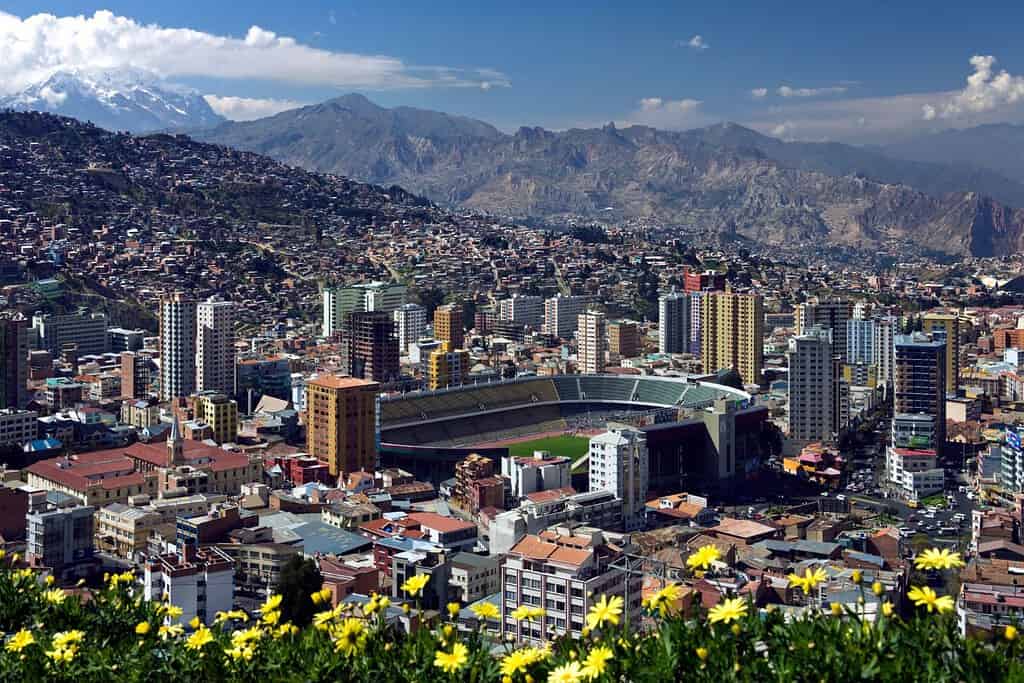
Starting our culinary journey in La Paz, the capital city of Bolivia, we are greeted with a vibrant food scene that reflects the country’s diverse cultural influences. The city offers a mix of traditional Bolivian dishes and international flavors. As we explore the bustling markets and street food stalls, the aroma of freshly baked bread and grilled meats fills the air. La Paz’s food culture is a fusion of flavors, showcasing a wide array of dishes to please every palate.
Famous food from La Paz
- Salteñas: A savory pastry filled with a mixture of meat, vegetables, olives, and spices, often enjoyed as a popular Bolivian snack.
- Sopa de Maní: A hearty peanut soup made with chicken, vegetables, and spices, providing a rich and flavorful experience.
- Silpancho: A traditional Bolivian dish consisting of breaded and fried beef cutlets served with rice, fried eggs, and a spicy sauce.
- Anticucho: Skewered and grilled marinated beef heart, a popular street food dish in Bolivia.
- Llajwa: A spicy sauce made from tomatoes, peppers, and herbs, commonly served as a condiment with various Bolivian dishes.
- Quinoa Soup: A nutritious soup made with quinoa, vegetables, and spices, highlighting the importance of quinoa in Bolivian cuisine.
- Majadito: A flavorful rice dish cooked with charque (dried llama or beef jerky), vegetables, and spices, offering a unique taste of Bolivia.
Sucre
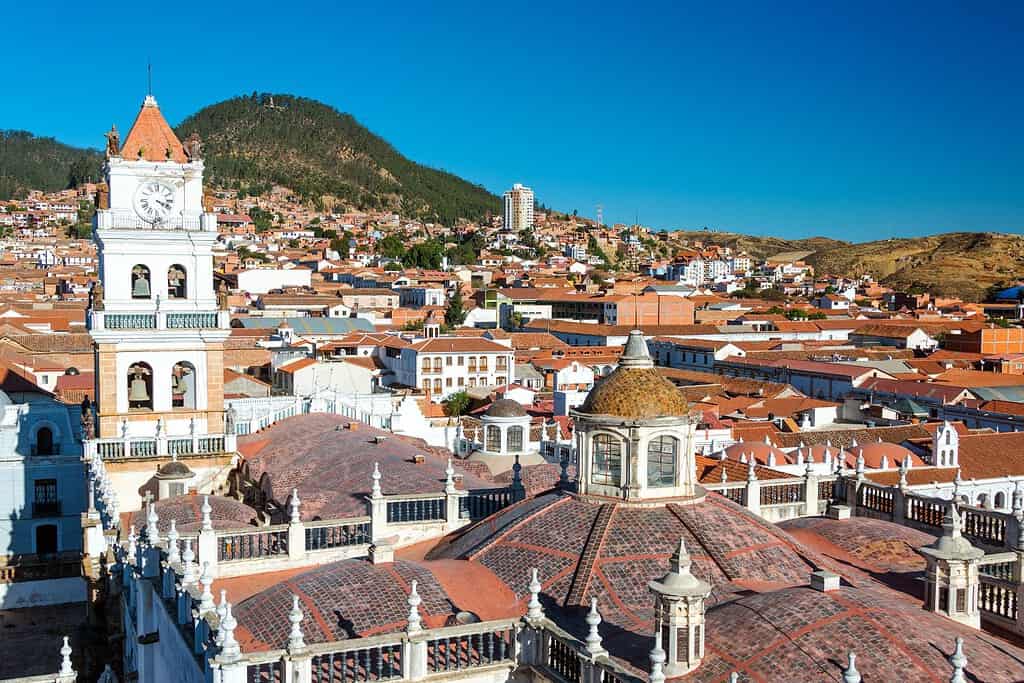
Continuing our journey to Sucre, a city renowned for its rich culinary traditions, we find ourselves immersed in the flavors of traditional Bolivian cuisine with an emphasis on hearty stews and delicious street food. Sucre’s cuisine embraces bold flavors and a strong connection to indigenous ingredients, making it a distinct gastronomic experience.
Famous food from Sucre
- Chuño Phuti: A hearty stew made with chuño (freeze-dried potatoes), pork, and a flavorful broth, a beloved Bolivian comfort food.
- Tucumanas: Deep-fried empanadas filled with a savory mixture of meat, potatoes, peas, and spices, often served as a popular street food snack.
- Pique a lo Macho: A hearty dish consisting of sliced beef, sausages, onions, and spicy peppers, all served on a bed of french fries and topped with a fried egg.
- Api Morado: A warm and comforting purple corn pudding flavored with spices and served with a side of cheese or bread.
- Chorrellana: A delicious beef stir-fry cooked with tomatoes, onions, and a blend of spices, typically served with rice.
- Mocochinchi: A refreshing drink made from dried peaches soaked in water, sugar, and cinnamon, a popular beverage in Bolivia.
- Leche Asada: A creamy baked custard dessert with caramelized sugar on top, providing a sweet ending to a Bolivian meal.
Santa Cruz
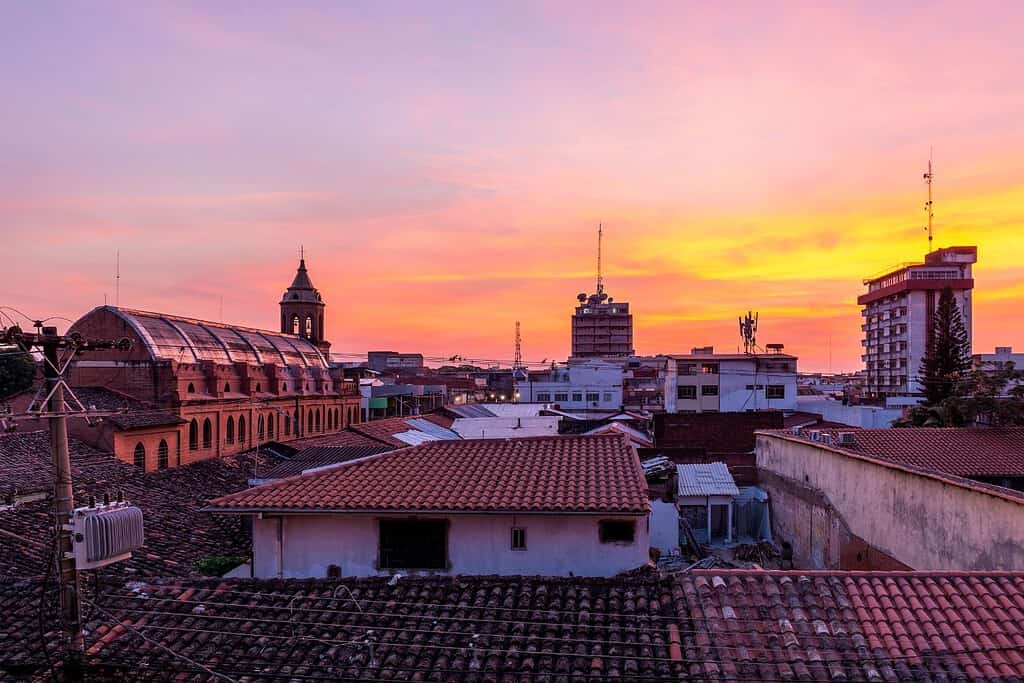
Our culinary journey concludes in Santa Cruz, a city known for its diverse and flavorful dishes. Santa Cruz cuisine is characterized by its use of fresh ingredients and bold flavors, creating dishes that tantalize the taste buds with a burst of Bolivian essence.
Famous food from Santa Cruz
- Majadito Cruceño: A variation of majadito with a unique Santa Cruz twist, featuring local ingredients and spices for a distinctive taste.
- Empanadas Cruceñas: Flaky pastry turnovers filled with a mixture of beef, cheese, and spices, often served as a popular snack or appetizer.
- Locro Cruceño: A hearty soup made with yuca (cassava), beef, vegetables, and spices, showcasing the regional flavors of Santa Cruz.
- Saice: A flavorful beef stew cooked with tomatoes, bell peppers, and a blend of spices, offering a delightful culinary experience.
- Chicharrón Cruceño: Crispy and succulent deep-fried pork, a beloved dish in Santa Cruz, typically served with yuca and salsa.
- Cunape: Cheesy bread rolls made with yuca flour and cheese, a delicious and gluten-free Bolivian treat.
- Helado de Cana: A refreshing sugarcane ice cream, a sweet way to cool off in the warm Santa Cruz climate.
Book Your Trip to Bolivia Today!
Embark on an unforgettable journey and explore the allure of Bolivia through our exclusive tours.
More About Bolivia
[the-post-grid id=”50345″ title=”Bolivia Main page”]
